Description
1. Botanical Overview:
-
Botanical Name: Spathiphyllum
-
Common Names: Peace Lily, Spath, White Sails, Lily of the Peace
-
Family: Araceae
-
Native To: Tropical regions of the Americas and Southeast Asia, primarily in shaded forests.
2. Appearance:
-
Leaves: The Peace Lily has glossy, dark green leaves that are elongated and lance-shaped. The leaves can grow up to 12 inches long and are typically arranged in a rosette or clump formation.
-
Flowers: The most distinctive feature of the Peace Lily is its white spathe (modified leaf) and the yellow spadix (flower spike). The spathe is typically white but can sometimes be cream or pale green, and it surrounds the spadix, which is covered with tiny flowers. The flowers give the plant its iconic appearance and are often mistaken for petals, though they are technically modified leaves (spathes).
-
Height: Peace Lilies generally grow 1 to 4 feet in height, depending on the variety and growing conditions.
-
Flowering: Peace Lilies bloom once a year, typically in spring or early summer, though some may flower intermittently throughout the year if kept in ideal conditions.
3. Light Requirements:
-
Ideal Light: Peace Lilies prefer indirect light and thrive in bright, filtered sunlight. They can tolerate low light but may produce fewer blooms.
-
Low Light Tolerance: One of the reasons Peace Lilies are so popular as indoor plants is their ability to tolerate low light. However, if grown in low light, the plant may grow slower and produce fewer flowers.
-
Direct Sunlight: Should be avoided, as it can scorch the leaves and cause yellowing or browning.
4. Watering Needs:
-
Watering Frequency: The Peace Lily likes its soil to be kept moist but not soggy. It prefers to dry out a little between waterings.
-
Signs of Underwatering: If the plant is underwatered, the leaves will begin to droop, and the tips may turn brown. It’s important to water thoroughly when the top inch of the soil feels dry to the touch.
-
Signs of Overwatering: Overwatering can lead to root rot. If the plant’s leaves turn yellow and become mushy, it could be a sign of overwatering. Ensure the pot has drainage holes and avoid leaving the plant in standing water.
-
Watering Tip: Peace Lilies enjoy humid conditions, so misting the plant occasionally or placing it in a room with higher humidity (like a bathroom) can benefit the plant.
5. Temperature & Humidity:
-
Temperature Range: Peace Lilies thrive in warm temperatures between 18–24°C (65–75°F). They are sensitive to cold and should not be exposed to temperatures below 15°C (59°F).
-
Humidity: These plants enjoy moderate to high humidity. While they tolerate average indoor humidity, they will perform best with higher moisture in the air. Placing a humidifier nearby or misting the leaves can help in dry environments.
6. Soil & Potting:
-
Soil Type: Peace Lilies prefer well-draining, loamy, slightly acidic soil. A standard potting mix with added perlite or orchid bark for drainage is ideal.
-
Repotting: Peace Lilies should be repotted every 1–2 years or when the plant outgrows its container. The best time to repot is in the spring. Choose a pot that is 1–2 inches larger than the current one to provide room for growth.
-
Drainage: Always ensure the pot has drainage holes to prevent water from accumulating at the bottom, which can cause root rot.
7. Growth & Maintenance:
-
Growth Rate: Peace Lilies are relatively slow-growers, but with the right care, they will gradually grow into a large, lush plant.
-
Pruning: Pruning can be done to remove dead or yellowing leaves. If the flowers fade, you can trim the flower stalks to keep the plant looking tidy.
-
Fertilization: Peace Lilies benefit from regular fertilization during the growing season (spring and summer). Use a balanced, water-soluble houseplant fertilizer diluted to half strength. Reduce fertilization in the fall and winter when the plant is not actively growing.
-
Cleaning: Wipe the leaves occasionally with a damp cloth to remove dust, which helps the plant breathe better and allows it to absorb more light.
8. Air Purifying Qualities:
-
Air Purifier: Peace Lilies are among the best indoor air-purifying plants, according to NASA’s Clean Air Study. They are particularly effective at removing common indoor pollutants such as Formaldehyde, Benzene, Trichloroethylene and Xylene
-
The plant absorbs these toxins through its leaves and roots and improves the overall air quality in the environment.
9. Toxicity:
-
Toxic to Pets: Yes, Peace Lilies are toxic to cats, dogs, and other pets if ingested. They contain calcium oxalate crystals that can cause mouth irritation, drooling, and vomiting. Keep the plant out of reach of pets.
-
Human Toxicity: The plant is also toxic to humans if eaten, causing similar symptoms, but poisoning is rare unless consumed in large amounts.
10. Benefits:
- Air Purification: Known for removing harmful toxins from the air, improving indoor air quality.
- Aesthetic Appeal: The elegant white blooms and glossy foliage make it a beautiful addition to any indoor space.
- Low Maintenance: Peace Lilies are easy to care for, making them perfect for beginners or busy individuals.
- Health Benefits: The act of keeping plants like Peace Lilies can reduce stress, boost mood, and improve productivity.
- Adaptable: Tolerates low light and doesn’t need frequent watering, making it perfect for indoor spaces with moderate care.
11. Common Problems:
-
Yellowing Leaves: This can be caused by overwatering, underwatering, or insufficient light. Ensure the plant is getting the proper care and conditions.
-
Brown Leaf Tips: Can occur if the air is too dry, or the plant is not watered enough.
-
Flowering Problems: If the plant is not flowering, it might need more light, or it could be in a dormant phase.



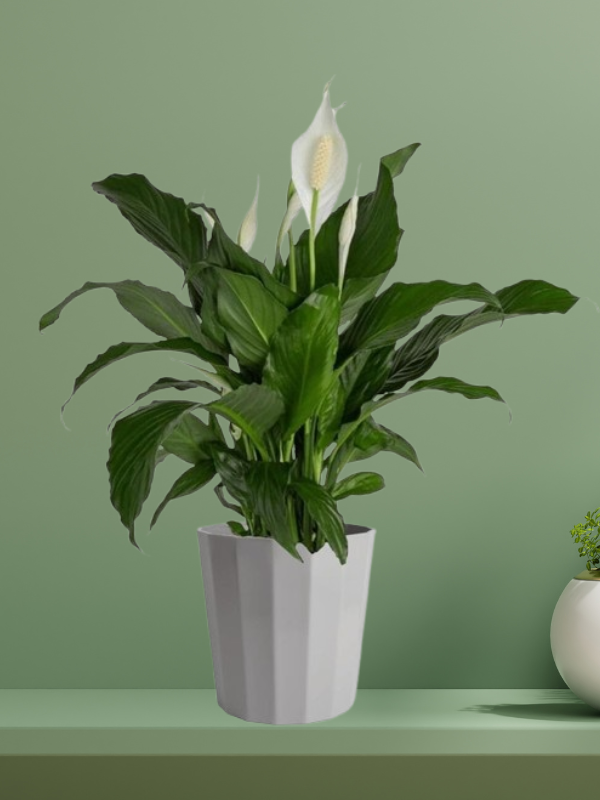

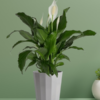

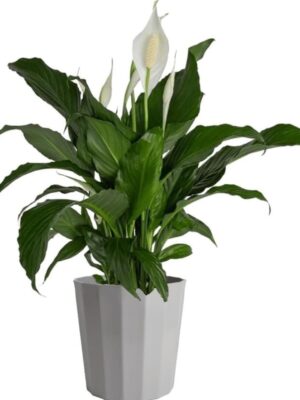
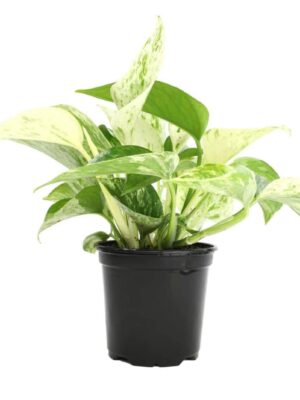

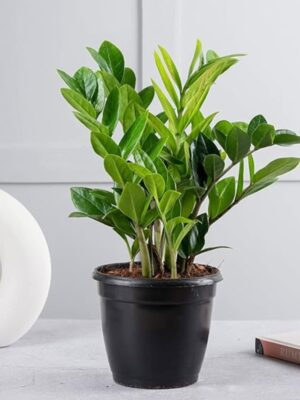
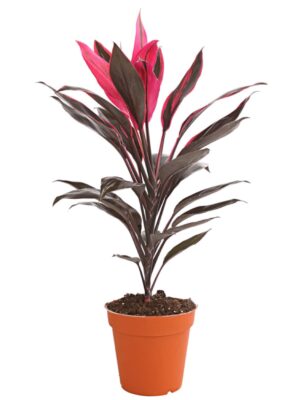 Dracaena pink 30-inch
Dracaena pink 30-inch
Reviews
There are no reviews yet.